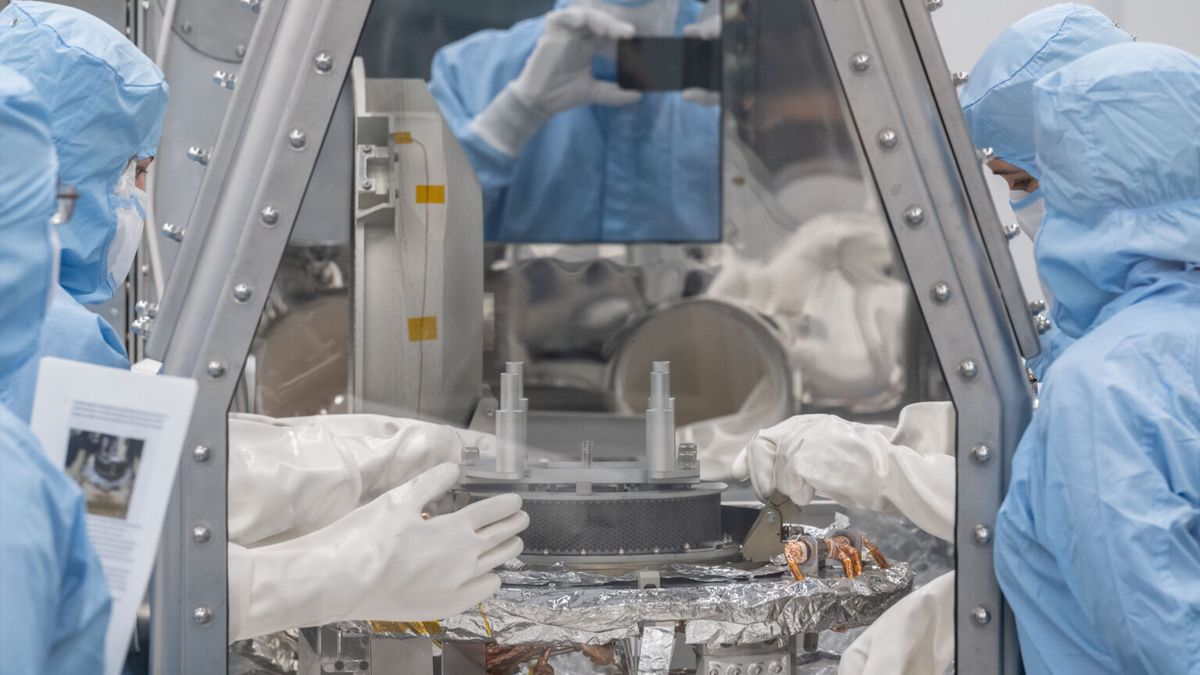Causes and best treatment of complex regional pain syndrome type 1 (CRPS-1) are still largely shrouded in mystery. In The BMJ Samiha Shaikh and others provide a glimpse of the mystery: there may be genetic factors at play.
CRPS-1 is characterized by persistent, debilitating pain in one of the limbs, in the vast majority of cases caused by an injury, involving sensory, motor and autonomic systems, as well as trophic and bone changes in some patients. There is often local inflammation for some time and the affected limb is red, edematous and warm to the touch. Opinions differ about what exactly is going on. There are several theories: inflammatory response, dysregulated sympathetic activity, central sensitization. Although CRPS-1 often improves over time, some people experience intense pain for years.
It is not clear why some develop CRPS-1 and others do not after the same injury. A hereditary component has been assumed for some time, partly because it occurs more often in women than in men. Samiha Shaikh et al. investigated this further: they looked at the connection with SNPs in the DNA. With this disclaimer: this is observational research and the sample size was relatively small. The researchers took DNA samples from 34 people diagnosed with CRPS-1, then did the same in 39 people with chronic back pain and then – for confirmation – looked at another 50 people with CRPS-1. 25 of the 84 patients who had CRPS for more than one year were carriers of at least one of four SNPs that appeared to be associated with the occurrence of CRPS-1. They did not find this connection in people with back pain. Strangely enough, more men than women showed these genetic variations.
The researchers speculate that there may be a connection to the immune system: three of the four SNPs found are known to be expressed in immune cells in the peripheral nervous system, which are involved in the types of symptoms seen in people with CRPS. 1.
Also read
2023-10-11 12:08:00
#Genetic #factors #play #role #etiology #regional #pain #syndrome

